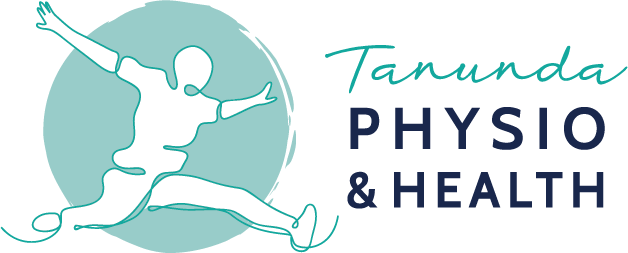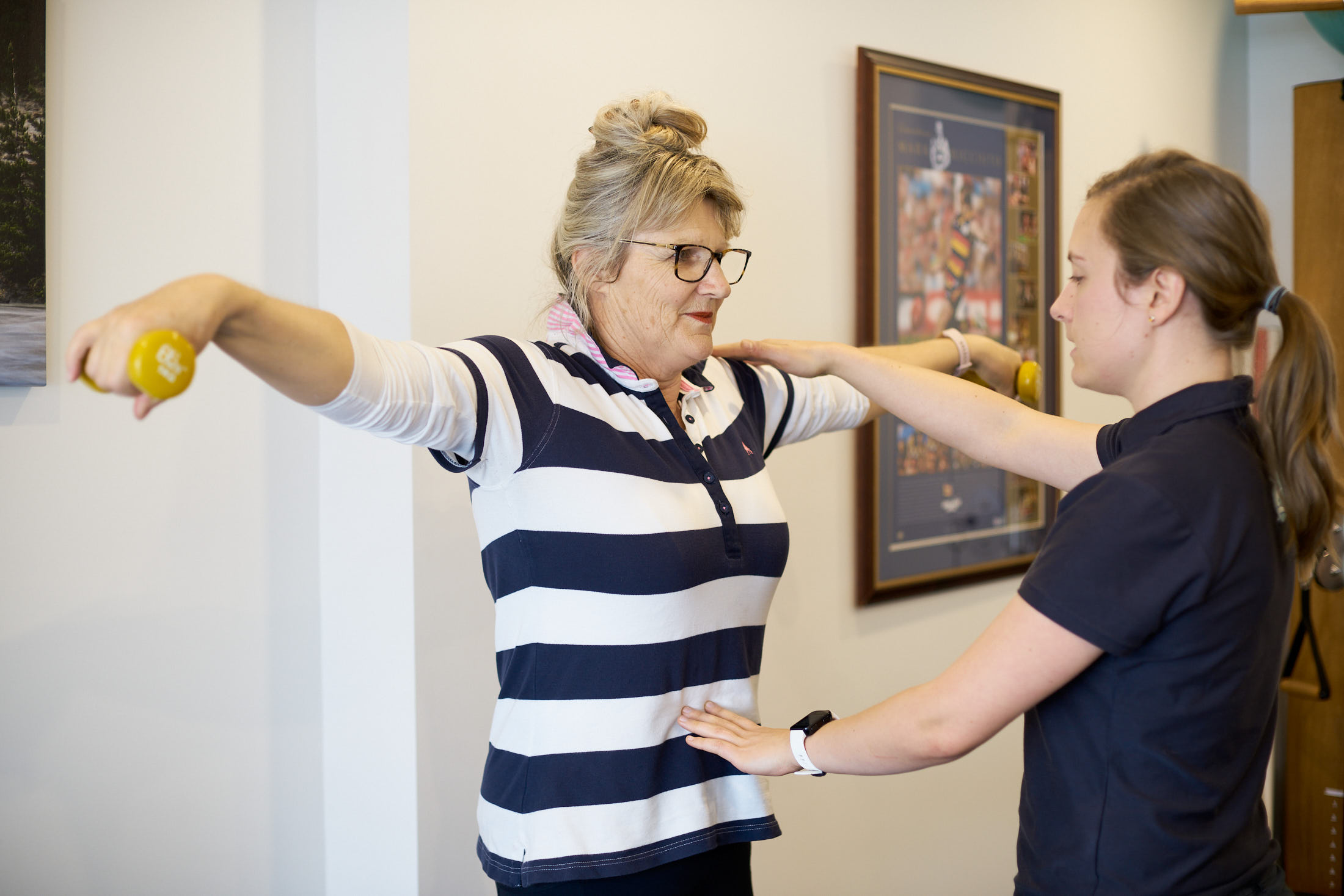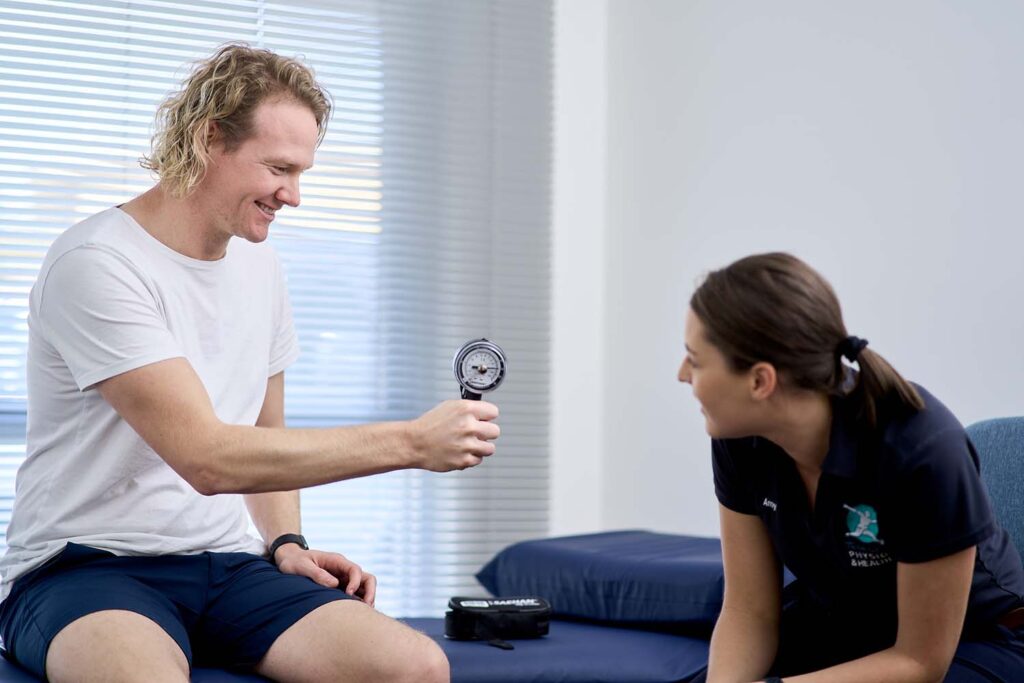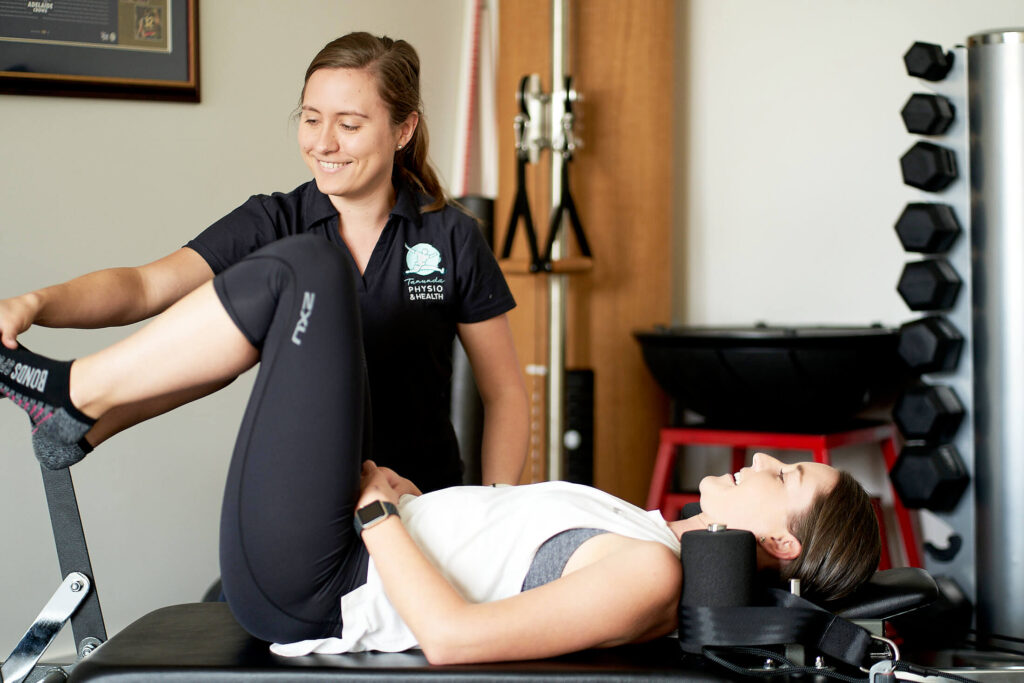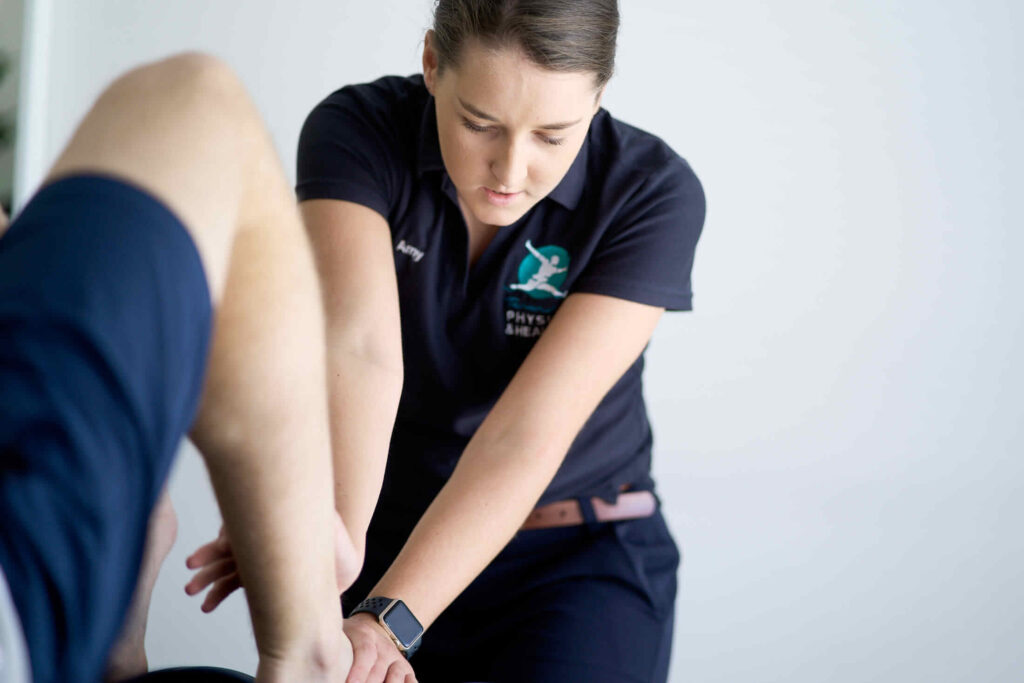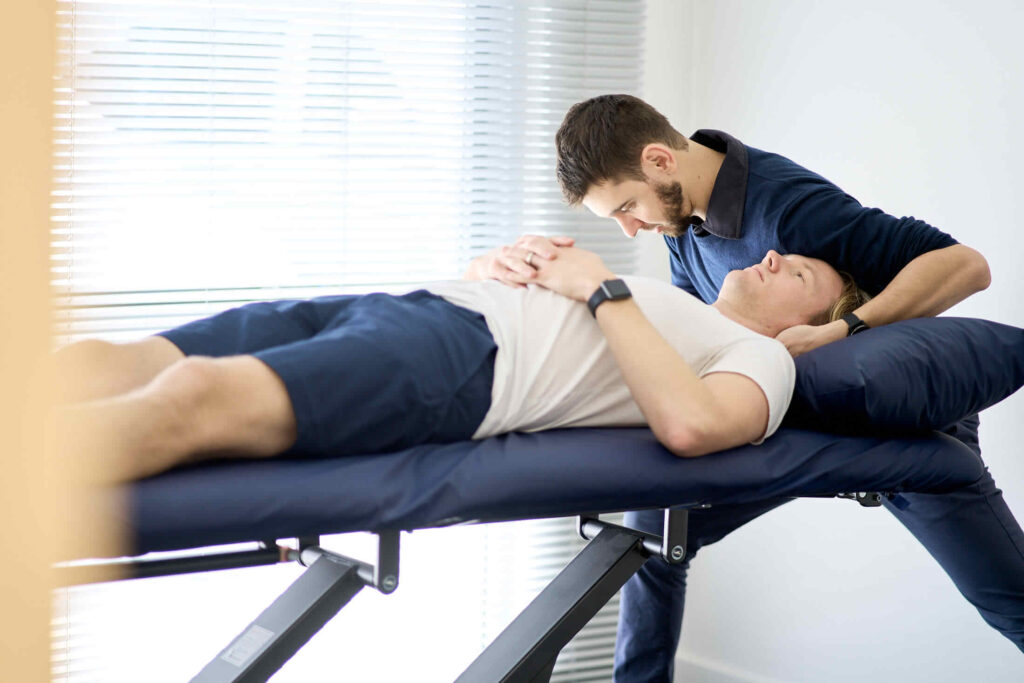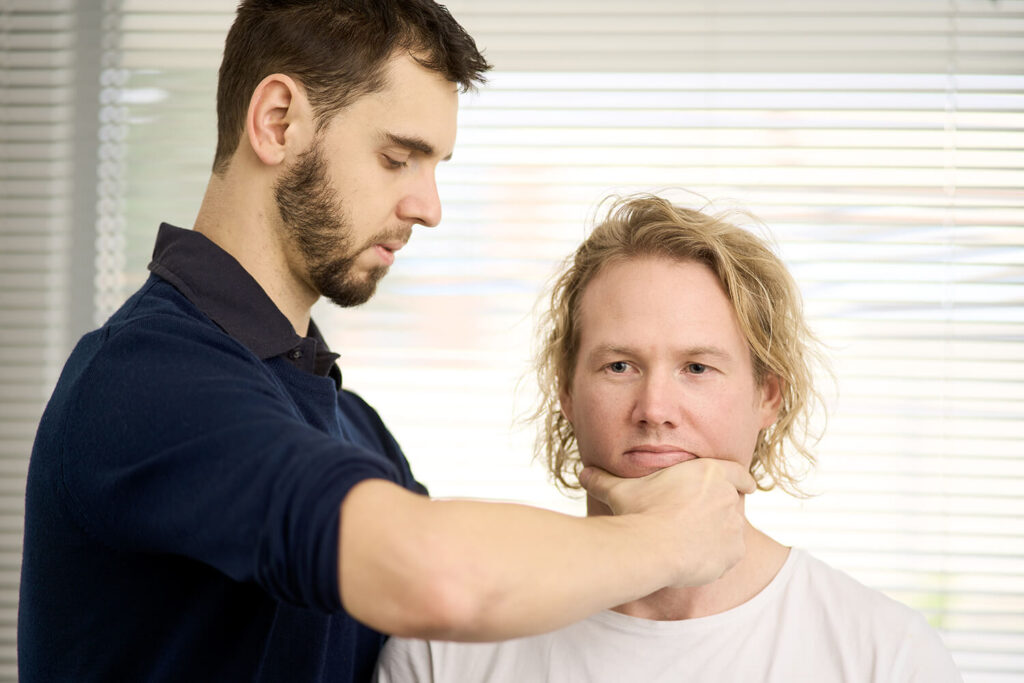What is Tennis Elbow? Despite the name, only 5% of people suffering from tennis elbow relate the injury to tennis! Tennis elbow is a type…
Understanding and Managing Chronic Pain
What is Chronic Pain?
Chronic pain is pain that has lasted for more than 3 months.
For the vast majority of tissue in the body, this is beyond their normal healing time.
1 in 5 Australians will have chronic pain in their lifetime, with chronic low back pain being the most common. Some people even experience chronic pain without any injury or sickness to set it off.
To understand chronic pain better, let’s first discuss what pain actually is.
What is Pain?
Our bodies do not have “pain sensors”. Instead, we have special nerves whose job it is to sense things that could be potentially dangerous or harmful. This could be heat, cold, pressure, or a change in chemicals in the blood. These collect information and send it up to the brain. The brain then decides if there is, in fact, any danger, or if pain would be beneficial for that individual circumstance. If it decides there isn’t, then your brain will not bother making you feel pain. If it does, then it creates pain to make us pay attention.
In short, pain is your brain’s way of trying to protect you and keep you safe. This means that you can feel pain when there is no real damage to your body, or not feel pain in spite of being hurt.
What causes “chronic pain”
When we are injured or sick, our body wants to protect itself so it can heal. To do this, the nerves that send messages to our brain become more sensitive and so we feel pain more easily. This pain makes us pay attention to the injured area and keep it safe.
This sensitivity is only meant to last up to a few weeks, but sometimes it doesn’t turn off when it should. Sometimes it sticks around long after we are healed and pain has any use. Our brain keeps receiving “danger” signals. When this happens, things that normally aren’t harmful, like touch or just moving, can cause pain.
The good news is that this hyper-sensitivity can be reversed.
Some Physiotherapy treatments are more effective than others
Research shows that active management is more effective at managing chronic pain than passive management.
Active management includes:
- Regular exercise
- Stretching or Yoga
- Relaxation, meditation, and stress reduction.
- Return to work and leisure activities
Passive management includes:
- Medication
- Hot/cold packs
- Acupuncture
- Manual therapy (such as massage or manipulation, joint mobilisation)
This doesn’t mean that things like massage don’t have their place. Short term, they can help reduce pain and make you more comfortable and able to move. However, the effects of passive treatments quickly wear off. We know that playing an active role in your own management is the most effective way to get lasting, long term results.
Exercise is king
Research has shown that regular exercise and keeping active is the most effective way to manage your chronic pain. The best thing is, that there is no one form of exercise that has been shown to be most effective. This means that whatever interests you and you find most enjoyable will work just as well as anything else.
How Physiotherapy can help
Pain Education
- Research shows that understanding our bodies and how pain works can actually reduce our pain.
Create an Exercise Plan
- A physiotherapist can help you find an exercise regime that not only works for you but you find enjoyable.
Hands-on treatment
- When used alongside regular exercise, massage or manual therapy can help provide pain relief.
Self Management
The ultimate aim of physiotherapy, however, will be to help you learn how to self-manage your condition. It involves developing skills that allow you to take control of your pain, and is perhaps the most important and effective part of managing Chronic Pain.
Self-management includes
- Learning how your body and pain work
- Understanding what triggers your pain
- Using active management strategies
- Pacing (breaking jobs into smaller pieces)
- Developing strategies to manage flare-ups
- Improving sleep quality and reducing fatigue
- Reducing your reliance on pain medication
By learning to solve challenges associated with your pain, you will be in control and able to keep doing things you love.
Physiotherapists can support your self management by
Self-Management Support
A Physiotherapist can help you:
- Identify your personal pain triggers
- Find ways to break up activities
- Create a Flare-up Plan: how to avoid flare-ups, and what to do if one occurs
- Set achievable goals
- Teach you relaxation/stress management techniques
- Help you with return to work, leisure and daily living activities
Want to Know More? Check out these resources
Retrain Pain Foundation
Series of 1 minute online lessons about how pain works and self-management.
Understanding Pain in less than 5 minutes
5 minute Youtube video explaining chronic pain. www.youtube.com/watch?v=C_3phB93rvI



